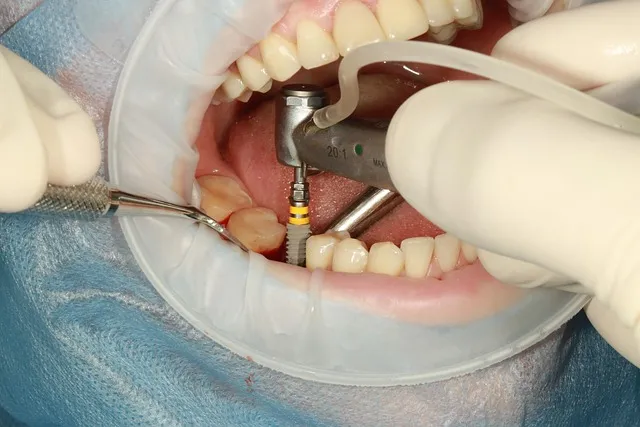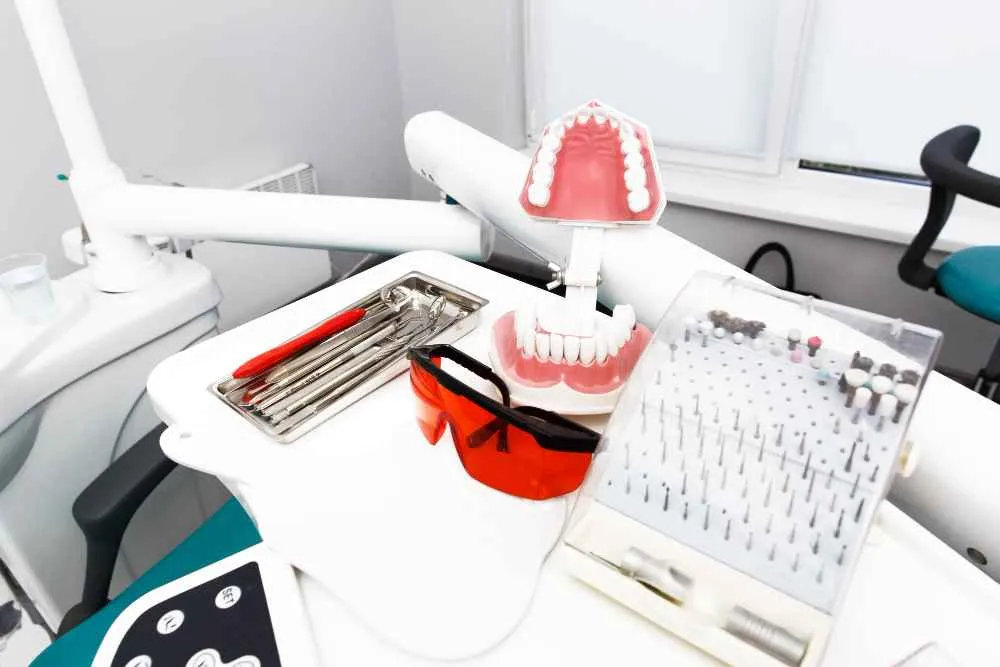EMDR is effective in addressing conditions like anxiety, depression, phobias, and post-traumatic stress disorder, while BSP can help treat anxiety disorders, trauma-related conditions, depression, and addiction.
So, if you suffer from one of those conditions, Eye Movement Desensitization and Reprocessing (EMDR) or brainspotting (BSP) could be very beneficial.
Let’s take a look at each therapy so you can determine which is the better fit for you.
What is Eye Movement Desensitization and Reprocessing?
Eye Movement Desensitization and Reprocessing is a unique form of psychotherapy. Developed in the 1980s by Francine Shapiro, EMDR utilises a patient’s own rapid eye movements to process and make distressing memories less overwhelming.
EMDR therapy stimulates your brain's natural coping mechanism through bilateral stimulation, which can be either eye movement, touch or sound.
This method helps your brain reprocess traumatic memories in a more positive light.
During an EMDR session, you would typically recall the traumatic event that caused your mental health problems while engaging in guided eye movements. This combination allows you to slowly alter your emotional responses to trauma over time.
While EMDR is most well-known for being effective in treating PTSD symptoms, as mentioned, it can also be highly effective in treating conditions like depression and anxiety, especially when those conditions are linked to trauma.
Additionally, EMDR can be effective in helping victims of sexual assault and people coping with grief or loss.
What is brainspotting?
Brainspotting is a relatively new type of psychotherapy that focuses on the brain-body connection.
Dr David Grand developed the therapy in 2003 as a method to diagnose and treat emotion-based issues hidden deep within the brain. At its core, brainspotting targets specific points in your field of vision that trigger emotional responses.
The technique works by having you focus on a particular spot, with the guidance of a trained counsellor or therapist. As you stare at the spot while thinking about an issue or trauma, your eyes’ position can help access unprocessed trauma in the subcortical part of your brain. This eye-brain connection establishes a framework for body-based healing.
The benefits of brainspotting include its potential to penetrate into deeper emotional levels that may be difficult to reach with talk therapy alone.
Brainspotting can help various mental health conditions, including anxiety disorders and traumatic stress disorders. It can also be highly effective in assisting people who are struggling with grief or loss.
Which therapy is right for you?
Before you choose the right therapy option for you, you should find out more about the comparison between brainspotting and EMDR. But ultimately, choosing between the two boils down to your individual circumstances, comfort level, and therapeutic goals.
Here are some factors that might help you to evaluate which is the best therapy for you.
Understand Your Symptoms
Firstly, identify your symptoms accurately.
For instance, although both treatments can address a range of issues, research suggests that severe symptoms of post-traumatic stress disorder might respond more favourably to EMDR than brainspotting.
So, make sure you get a mental health diagnosis before pursuing either option. Once you know what your issue is, you can make a more informed decision regarding the therapy you choose.
Balance Costs and Availability
Both therapies need specially trained practitioners. Depending on where you live, availability could decide the type of treatment accessible to you.
Also, you may need to consider the costs for each type of therapy, as insurance coverage may vary across providers and both treatments can come with different price points.
Assess Your Personal Preference
You should also consider your personal preference.
EMDR tends to be more guided and involves more direct interaction with the therapist, while brainspotting gives you a greater degree of control over your direction in therapy. Considering whether you prefer a more directed or autonomous therapeutic experience might help determine which of these therapies suits you.
Consider the Treatment Intensity
The intensity of treatment can also play a significant role in determining the right fit for you.
EMDR sessions include detailed recounts of traumatic incidents, which often lead to intense emotional responses. Brainspotting can elicit similarly strong reactions but it usually focuses less on narrative re-experiencing of events.
Understanding and acknowledging your current readiness and capacity to deal with such intense emotional experiences plays an important part in finding the most appropriate therapy path for you.
Getting Medical Advice is Paramount
Lastly, but most importantly, consult a mental health professional. Their advice, based on the specifics of your condition and overall health profile, will be crucial in deciding whether brainspotting or EMDR is the optimal course for you.
As each individual's mental health journey is different, an open discussion with your healthcare provider can ensure you choose a therapy that aligns with your therapeutic goals and comfort level.

लेखक





